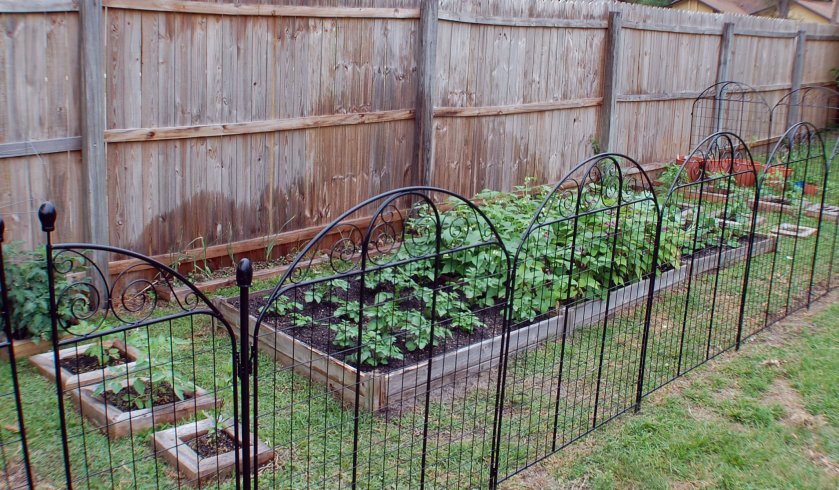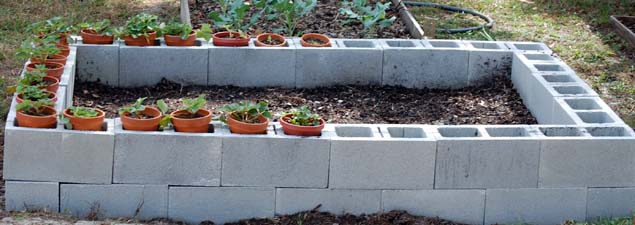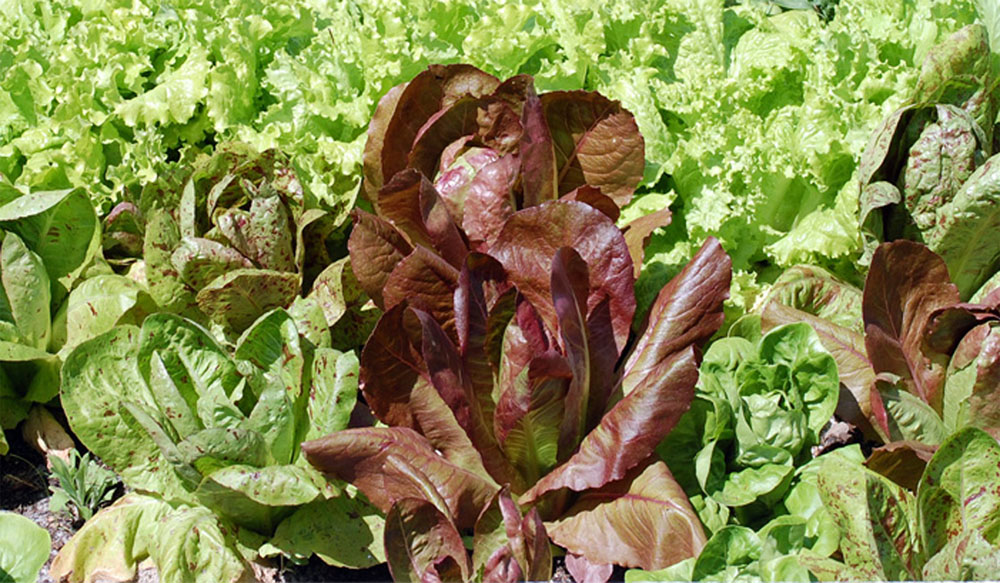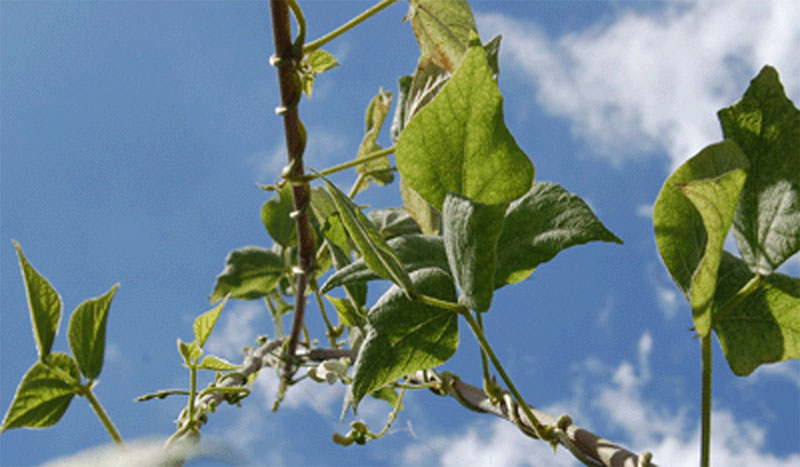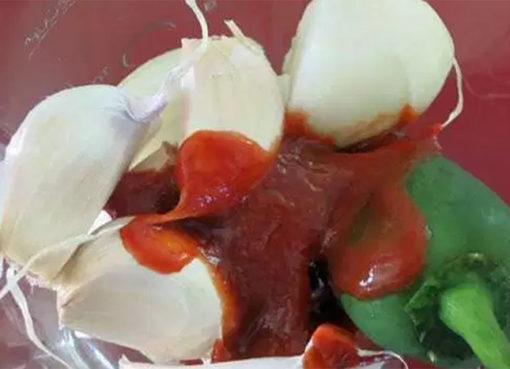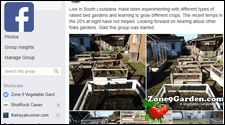For many gardeners the best solution for growing vegetables at home is to have a raised bed garden.
What is a Raised Bed Garden?
Raised beds, also known as Garden Boxes, are enclosed garden beds that are raised above the surrounding soil. The enclosure is most typically made of either wood, brick or rock. These beds are typically 4 feet wide and range in length greatly, from 4 foot to 40 foot (the most common being 4’x4′ and 4’x8′). The enclosures are often made to not only be structurally sound, but also ascetically pleasing. The two main reasons for installing a raised bed are to increase yield in areas with poor soil and for convince.
Here is what will be discussed in this article:
- Pros and Cons of a Raised Bed
- Basics of Building a Raised Bed Garden
- Raised Bed Garden Soil
- Tips and Tricks
Pros and Cons of Raised Bed Gardening
Pros
- Increased Yield
- Easier Weed Control
- Prevents Erosion
- Reduced Strain from Bending while Gardening
- Longer Growing Season
- Barrier to Some Pests
Cons
- Can be Expensive
- Labor Intensive Installation
- Some Crops may be Limited
Basics of Building a Raised Bed Garden
The three things to consider when building a raised bed garden are:
- Design
- Materials
- Construction
1. Design
When designing a raised bed a few things should be considered before starting
- Width – It is important to ensure that all areas of the raised bed garden can be reached with out walking on the bed. The typical width of a bed is four feet, allowing the middle of the bed to be reached by most people from either side of the bed.
- Available Space – Make sure the dimensions of the bed being designed will fit in the space available, and if ample space is available consider making the bed as large as budget and the desired appearance allow.
- Aesthetics- Many raised beds are built with only function in mind. A raised bed garden can be a striking feature if designed with aesthetics in mind.
Once the above the considerations have been taken into account, sketch out a simple design. This design sketch will not only be a great starting point, but it will help you figure out the amount of materials needed.
2. Materials
There are 3 types of materials used most frequently when building a raised bed:
- Wood – The most affordable option, but also the least durable. Wood can be formed to almost any shape allowing for some very appealing designs. Cedar is the best option for wood, it is durable and resists rot very well. NEVER use pressure treated wood as the chemicals it is treated with can leach out into the soil.
- Concrete Blocks – Extremely durable, but can be expensive. Depending on the type of blocks used, concrete can be either a simple, but functional box or an elaborate design.
- Stone – Large rocks are often used as the container for a raised bed. Building the walls with rock is quite labor intensive (almost certainly requires a mason) and quite expensive, but the results are almost always breath taking.
3. Construction
Depending on the materials chosen for the construction of the raised bed the techniques can vary widely. Here are a few quick suggestions:
Wood
- Make sure the wood is at least 1/2″ thick to help prevent bowing and cracking
- Use coated deck screws to help prevent rust and other corrosion
- Reinforce corners with 4×4 pieces of wood inside the corners.
- Beds higher than 36″ can put extreme strain on the wood causing cracks and possibly structural failure.
Brick and Stone
- Use a high quality mortar should be used (consult your local home improvement store for suggestions).
- For a less expensive option, build the bed with concrete blocks and skin it with stone
- Consider the use of decorative pavers as a material option.
What Soil to Use
Because raised bed gardens are so frequently used in areas that have very poor soil quality the local soil is not an option to fill the new bed with. The best option is to contact a local garden shop and find out if they (or if they can recommend somebody) deliver garden soil. If garden soil can not be delivered there are a few other options:
- Bagged Garden Soil: This soil is normally very high quality, but when buying enough for larger beds it can be quite expensive.
- Bagged Top Soil: This soil is lower quality than garden soil but it is often much better than the native soil. With a few amendments, this soil can work VERY well and can be quite affordable if bought in bulk for larger beds.
- Amended Local Soil: This is simply taking the soil from the area the bed is being build and amending it heavily with high quality compost, peat moss, leaf mold and other organic materials. This is typically the most affordable way to fill a raised bed garden, but it is also most frequently the lowest quality.
Tips
- Read Mel Bartholomew’s “Square Foot Gardening” for an amazing primer on raised be gardening
- Keep the beds between 11-36″ deep
- Do not walk inside a raised bed. Raised beds naturally have lose, well drained soil, walking on them compacts the soil.
- The soil in raised beds warms faster than ground level, allowing earlier planting of many crops


